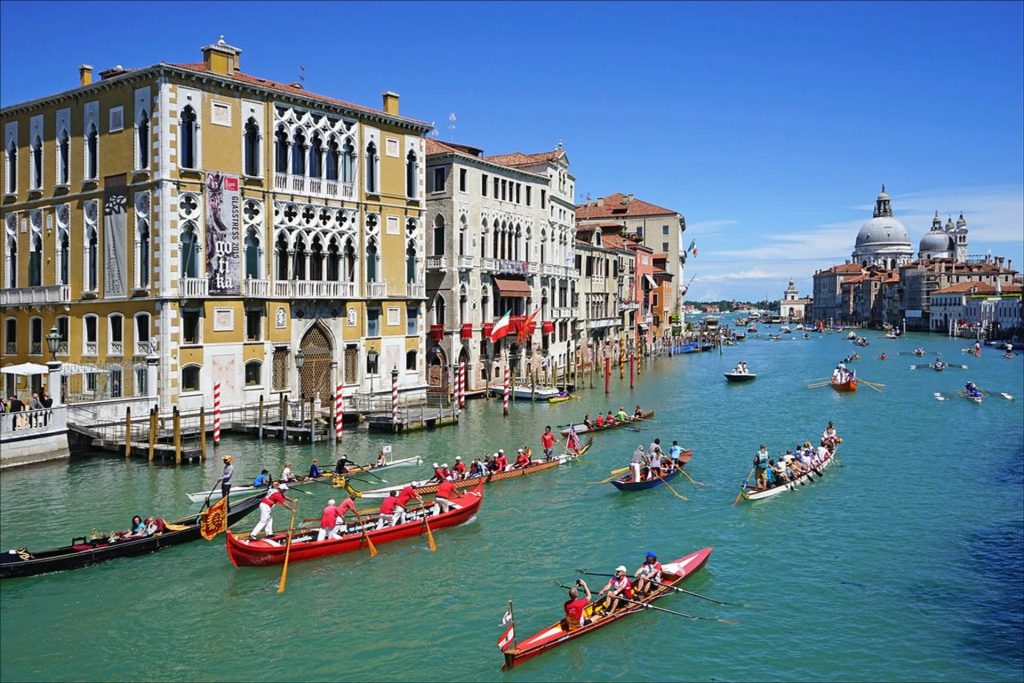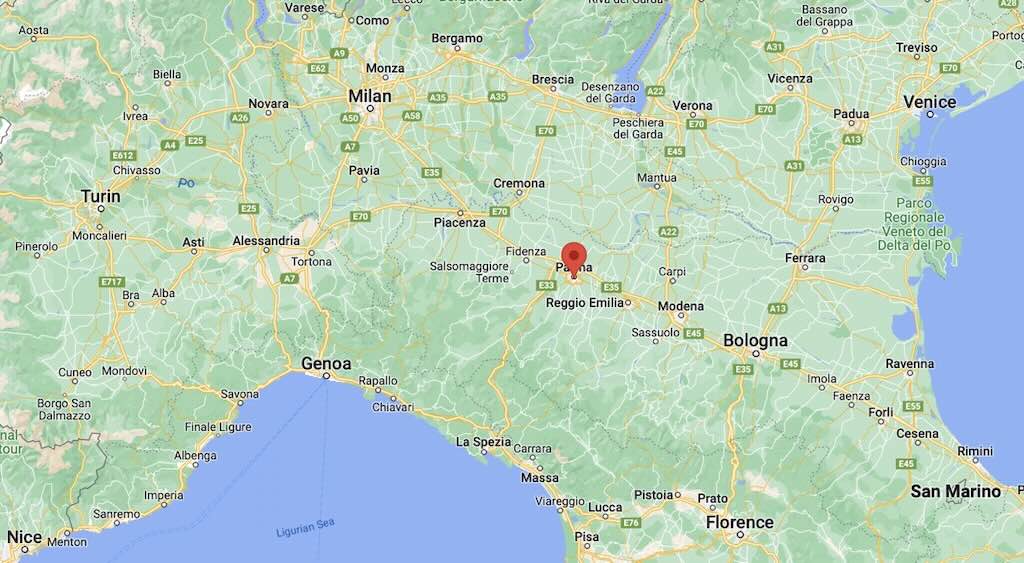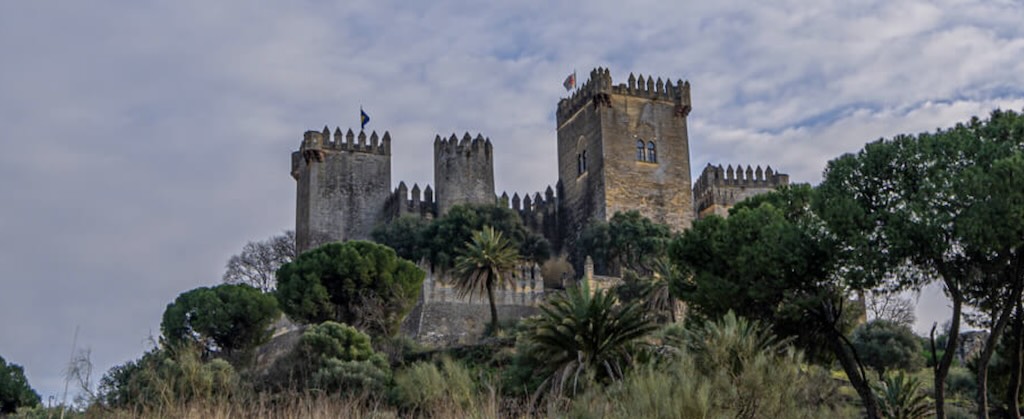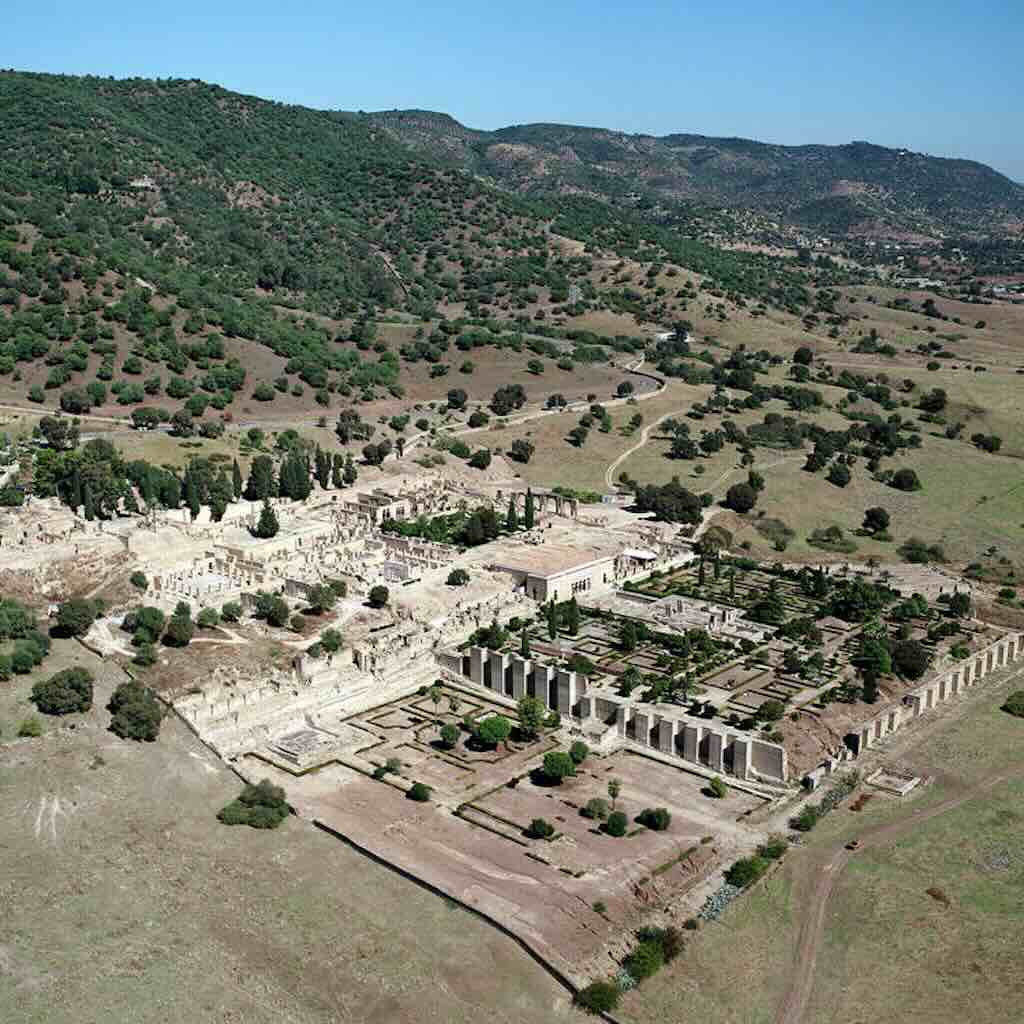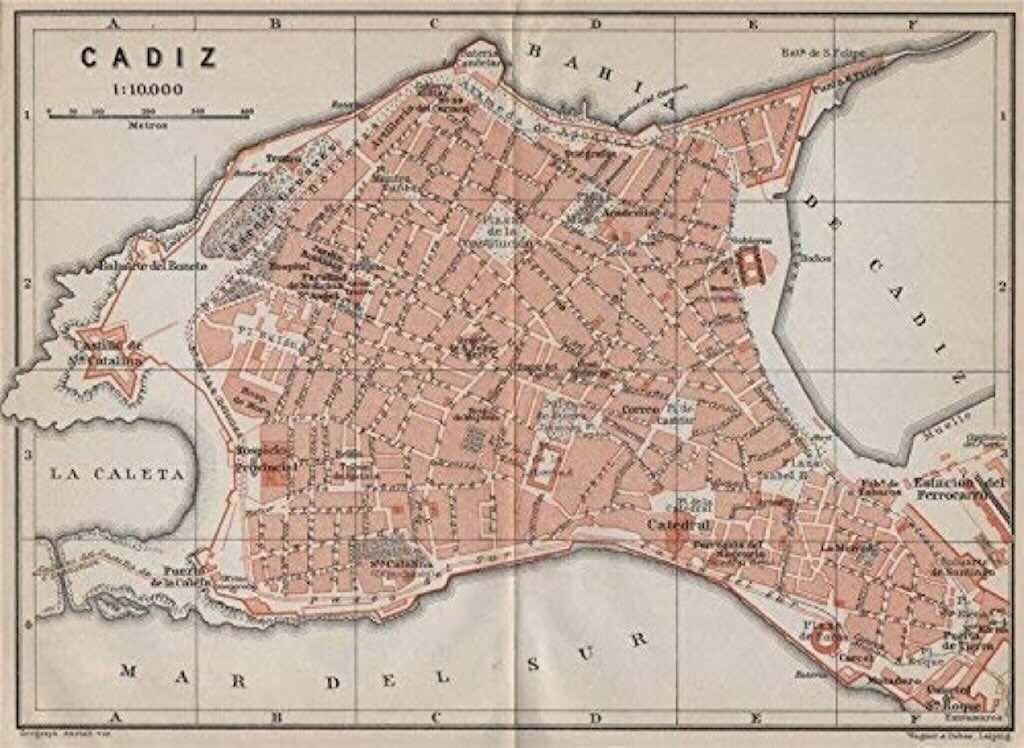What I found interesting… in 2024

This BBC article is about the power of the image, and at the same time the power of fake images (or simply a deleted image). The above photo is made up of what are called “statistical truths” based on typologies, such as “mother”, “party” and “holiday”, synthesised from a multitude of data sources. It has “no clear intention to lie or deceive”, yet the story it tells is unreliable (i.e. fake).
This is a nice introductory article about writing, and the question on calligraphy as an art form.
My answer is simple. Yes, if anything it is one of the most fundamental forms of visual art.

It was reported that a lift technician saw two old empty tins of beer, and threw them in the bin, not realising that they were “art”. I personally think he did the right thing!
The Process of Making a Cello
A 27 minute Youtube video about a Japanese artisan makes a Cello.
Average Monthly Expenses by Age

I’m going to stretch a point and consider money a cultural artefact. No doubt some experts will support this idea, and others will shoot it down in flames. This is not about the concept of currency, but about actual bank notes being spent by ordinary people in order to live in our modern society. Average Monthly Expenses by Age asked “Which Group Is Spending the Most?”
Here are the 2024 headline figures (probably using 2022 figures):-
- Americans under the age of 25 spend on average $3,863 per month and $46,359 per year.
- The age group of 25- to 35-year-olds spends $5,657 monthly and $67,833 annually on average.
- Spending jumps again between the ages of 35 and 45, averaging $7,171 per month and $86,049 per year.
- American adults between the ages of 45 and 54 spend the most, averaging $7,590 monthly and $91,074 yearly.
- Between the ages of 55 and 64, adults spend an average of $6,507 per month and $78,079 per year.
- On average, adults aged 65 or older spend $4,818 per month and $57,818 per year.
I also appreciate that there could be some social help provided for people in difficulty. But the “reality” is that for an average American adult between the age of 45 and 54 spending $91,074 yearly, and earning the minimum wage, they must work (depending on where they live) between 107 and 241 hours/week, 52 week of the year (remembering that there are only 168 hours in a week).
I also appreciate that only about 1 million people in the US are on the minimum wage of $7.25/hour.
Let’s just return to Washington State that has one of the highest minimum wages in the US ($16.28/hour). According to US federal statistics, to afford a 2-bedroom house in that State would require $36.33/hour, so just over twice the minimum wage.
So it is more or less evident that the US minimum wage is not a living wage, despite the fact that about 1 million people in the US are living on the minimum wage. In the jargon of economists the US minimum wage “fails to approximate the basic expenses of families”.
Before delving into the living wage, let’s look at the US poverty threshold. In 2022 it was on average $27,750 for two working adults, with two children. In very simple terms a single working adult earning a minimum wage will drop below the poverty threshold with two or more children. Two adults both on minimum wages will keep above the poverty level with up to three children. But a couple with only one person working on a minimum wage, will drop immediately below the poverty threshold with just one child.
A living wage is the approximate income needed to meet a family’s basic needs. I guess this means being financial independence (manageable debt), while maintaining housing and food security. This is a far more complex concept because it depends upon the number of paid workers and children in a given family, and where they live in the US.
An analysis of the living wage (as calculated in December 2022 and reflecting a compensation being offered to an individual in 2023), compiling geographically specific expenditure data for food, childcare, health care, housing, transportation, and other necessities, found that the living wage in the US is $25.02 per hour, or $104,077.70 per year in 2022, before taxes for a family of four (two working adults, two children). An annual living wage for a family of four (2 working adults, two children), before taxes, could be as low as $89,000 in some parts of Texas, but as high as $147,000 in some parts of California.
So how can we summarise all this? Firstly, the US minimum wage does not provide a living wage for most families. A typical family of four (two working adults, two children) needs to work nearly four full-time minimum-wage jobs (a 76-hour work week per working adult) to earn a living wage. Single-parent families need to work almost twice as hard as families with two working adults to earn the living wage. A single-mother with two children earning the federal minimum wage of $7.25 per hour needs to work 138 hours per week, nearly the equivalent of working 24 hours per day for 6 days, to earn a living wage.
I’ve always had my doubts about the Nobel Prize in Economic Sciences, and this just confirms them.

In the Digital Repositories at Duke there is a collection of 82 period advertising cookbooks, free to download.
It’s part of the collection of The John W. Hartman Center for Sales, Advertising & Marketing History, in the Rubinstein Library.
This article kicks off with the eternal question, “Where did our species come from, and how did we get from there to everywhere?”.
The answer to the first part of the question is “Our modern human ancestors evolved in Africa, then swept across Eurasia beginning some 60,000 to 50,000 years ago.” But what about the route they took?
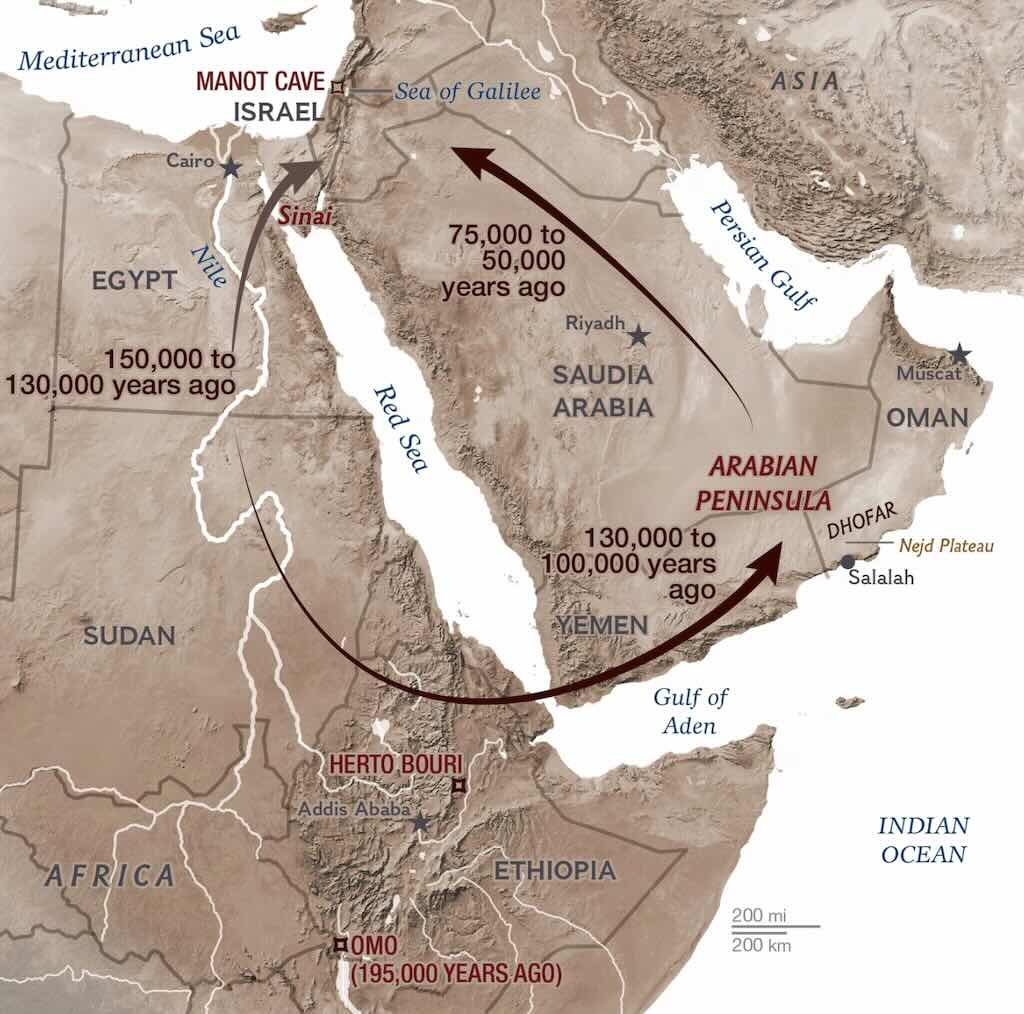
By following the broken trail of stone tools that modern humans left behind like bread crumbs marking their path, researchers propose that our ancestors took a circuitous path through Arabia, pausing there for some 50,000 years when it was a green oasis. Then they journeyed on to the Middle East, where they first encountered Neanderthals.
Want more? Read the article…
The most popular and fastest-rising US baby names of 2024

The most popular names for baby boys in the US for 2024 (so far) are Liam, Noah, Oliver, James, Elijah.
The horrible Jeffrey is 485th (so far), and Bernard, Geoffrey (or Geoff) don’t even appear in the top 1000.
The most popular names for baby girls in the US for 2024 (so far) are Olivia, Emma, Charlotte, Amelia and Sophia.
Monique and Patricia (or Pat) don’t appear in the top 1000. But Monica is number 728.
According to this article there is a list of the “fastest-rising” baby names for 2024. And they are Izael, Chozen, Eiden, Cassian and Kyren for boys, and Kaeli, Alitzel, Emryn, Adhara and Azari for girls.
I suppose we should be happy that Attila, Adolf, Gurbanguly, Mao, Muammar, Saddam and Vladimir are not on the list, but I was disappointed to see Donald in the 657th position.
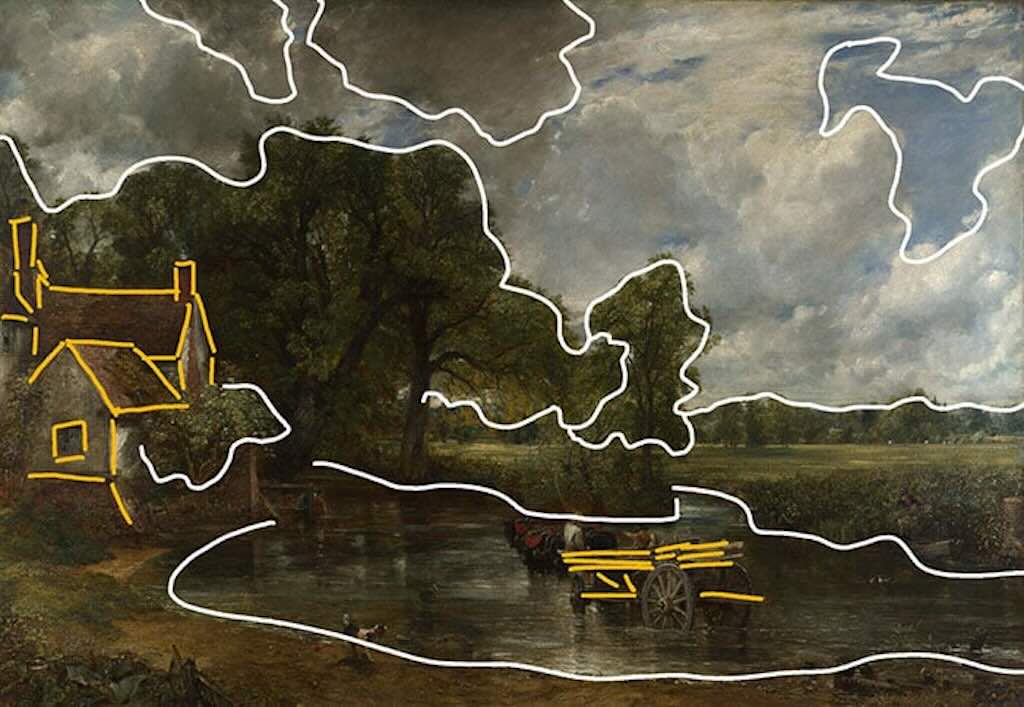
The iconic 180cm-wide oil painting The Hay Wain is frequently voted one of Britain’s favourite artworks, but it’s a con (the BBC article is not so explicit).
Firstly, it’s not a hay wain, but a far less romantic wood cart.
Secondly, there was in fact very little common land in England, and what we see is land owned by Constable‘s father and brother. And “there’s nothing natural about that landscape, … it’s all man-made… the fields are a managed landscape”.
Thirdly, the rural way of life Constable depicted did not reflect the industrialisation that was rapidly altering the landscape at the time of painting. As the article points out “The agricultural workers pictured in the background often laboured under poor conditions in a precarious and bloated employment market, could not afford to eat the bread that they helped produce, and were about to face even greater hardship when replaced by machines”.
The article concludes “Constable did not go in for a mimetic, optical-truth attitude to painting”. If we were looking at a recent photograph of the same scene we would be now jumping up and down saying it was a AI generated fake!
It’s also interesting to see “truth” is now considered just an “attitude”, just one point of view.
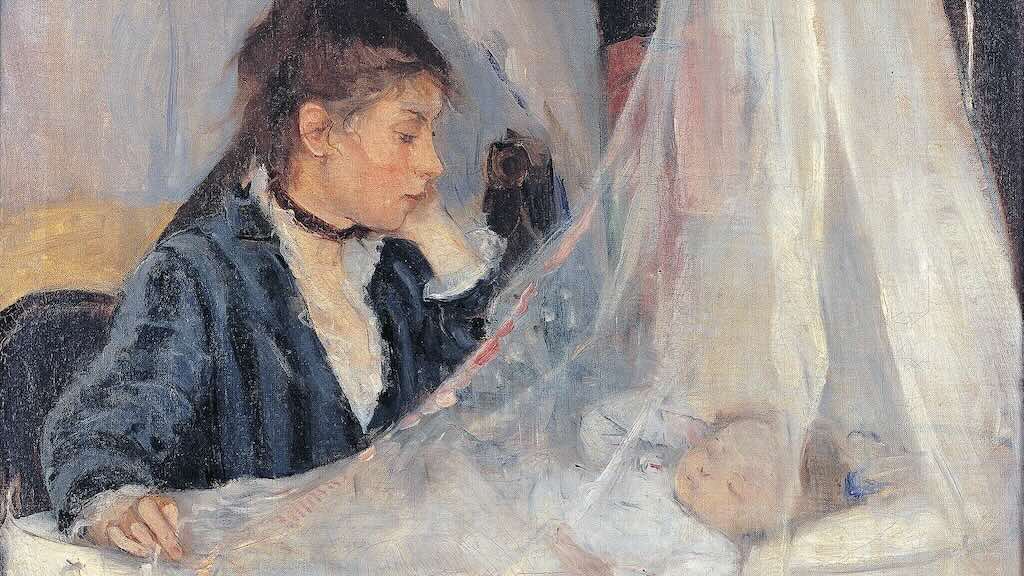
“Berthe Morisot’s The Cradle: The overlooked painting that unlocks Impressionism” argues that this painting by Morisot is key to appreciating just how revolutionary the consciousness of Impressionism was.
The articles worth a read because it lifts Morisot out of what Wikipedia describes as “the circle of painters in Paris who became known as the Impressionists“. The Wikipedia article does mention her as a prominent Impressionist alongside Claude Monet, Camille Pissarro and Pierre-Auguste Renoir, so all the more reason to get to know her better.

